Navigating the complicated world of skincare with all its jargon and options can be a daunting experience. Serums are taking over clean beauty but some brands are blurring the line between serums and oils, causing confusion by using the terms interchangeably. In truth, serums and oils offer very different benefits that make them both equally indispensable to a skincare routine.
To clear things up, we’ve put together the ultimate de-mystifying guide to serums so that you can make well-informed choices. Consider this a cheat cheat to help you tell the real serums from the wannabes.
WHAT makes a serum a serum?
A serum is a light yet potent formula made up of smaller molecules that can penetrate skin. With high concentrations of powerful ingredients inside every drop, a serum packs a punch when it comes to results. Thanks to its high water content, it glides on easily, absorbs quickly and feels weightless on skin. It makes a great delivery system for water-soluble vitamins such as Vitamins B and C but it can also carry oil-soluble nutrients such as vitamins A, D, E, and K. A serum can be easily integrated into your ritual because it’s versatile, feather-light, plays well with other products and can be specialized to target specific skincare concerns.
WHERE did the word serum come from?
The term serum was first used in medicine to describe the watery fluid portion of our blood that contains powerful agents for healing. Adapted by the skincare world, the word serum refers to the watery-light consistency of a formula, replicating our body’s liquid life force.
Serum versus oil. WHAT are the differences?
Let’s compare the two so you can understand the differences.
-
A serum can deliver both water and oil soluble nutrients, while a pure oil is the ideal vehicle for oil soluble nutrients.
-
A serum has a high water content while an oil doesn’t contain water.
-
A serum is light in texture while an oil has a richer, heavier and more emollient consistency.
-
Serum molecules are smaller in size so that they can absorb and penetrate skin easily while oil molecules are larger to protect the outer layers of the skin.
-
A serum infuses the inner layers of skin with water and moisture while an oil seals the skin surface to retain moisture and prevent it from escaping.
-
Use a serum when your skin is a little thirsty and a face oil when your skin is feeling very dry.
-
Serums and oils work beautifully together when paired.
-
Serums nourish from within while oils repair surface layers, reducing transdermal water loss to keep your skin hydrated long-term.
WHAT does a serum typically do for skin?
There’s no one universal thing that a serum does. Serum describes the lightweight consistency of a formula and its ability to act as a transport system for the powerful active ingredients. It does not refer to one end benefit. Defined by the ingredients they contain, different serums target different results, including exfoliating, cleansing, brightening, lightening, hydrating or line-smoothing. There are many types of serums and both the ingredients and the texture offer different functions and benefits. A serum complements your other skin-care products and can be layered underneath them. Because a serum can do a variety of different jobs, it can fit into any of the pillars that make up our personalized Furtuna Skin ritual.
Is a serum a moisturizer?
A serum can be moisturizing but it’s NOT a moisturizer. A true moisturizer has a creamy consistency and creates a barrier on top of skin while a serum has a light texture and is readily absorbed because it contains high levels of water and no occlusive ingredients. Think of a serum as your pre-step to a moisturizer.
WHY do you need a serum and WHEN should you use one?
You need a serum to intensify the results of your skincare efforts. A workhorse product, it amplifies the efficacy of your ritual. It complements your other skincare products and can be layered underneath creams or lotions, providing an extra layer of benefits for skin.
You should use a serum when you want a formula that is light and non-greasy yet loaded with intensity. When you want to see immediate results. When you want to treat a specific issue like puffiness, dullness or lines. When you need a little hydration, rather than a lot. When you want to deliver concentrated nutrition to skin. When you want to support cell turnover.
WHAT is the best way to apply a serum?
Well, this really depends on the serum but here are some general application practices.
If it’s a cleansing serum, you would massage into skin, then rinse off. If it’s an acidic exfoliating serum, you would apply it, wait about 60 seconds and then remove it. If it’s a hydrating serum, you would apply it, then layer heavier creams and oils on top. If it’s a treatment serum like our Porte Per La Vitalità Face and Eye Serum, after cleansing when your pores are open, you would massage a light layer into skin, then lock it in with moisturizing products.
And remember, a serum may appear thin but it’s really concentrated, so a little dab goes a long way.
Now that you have the basics covered, WHICH facial serum should you choose?
Furtuna Skin has created the perfect all-around, multi-tasking serum to treat an array of issues and every skin type -- normal or sensitive, dry or oily, young or ageless. Porte Per La Vitalità Face and Eye Serum. Designed for both the face and eye area, this dual-use concentrate absorbs in a flash to create an instant glowing transformation. Supercharged with concentrations of botanical nutrients usually reserved for eyes, it brings the same level of care to the face. Clinically-tested for eye safety so you can pat it under your eyes to reduce puffiness and lift contours and then smooth it all over your face to even out a blotchy tone, protect skin and renew its glow. It’s a foundational product that’s easy to incorporate into your ritual because it can be seamlessly layered with other products.
WHAT is your recommended application method for this serum?
For optimal results, use Porte Per La Vitalità Face and Eye Serum both morning and night. We have created a special tapping application technique to get your microcirculation going and skin glowing. Apply to clean skin. Pump one to three times and spread a thin veil over the skin, working it in with fingertips using a tap-tap-tap method. With a gentle, quick motion, start tapping upward from your chin, tap around your cheeks and in circles around your eyes, pausing to add light upward pressure just beneath the brow area, then continuing up to the forehead. Repeat until the product disappears into skin. Follow with creams and oils.
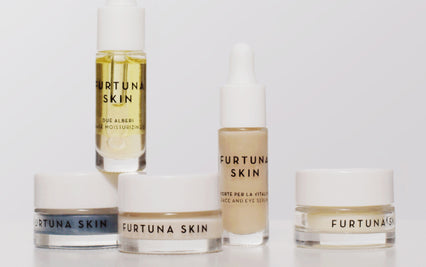
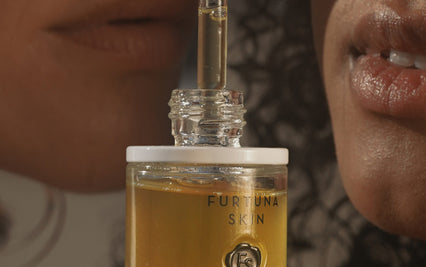
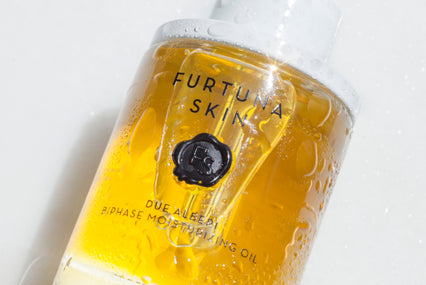
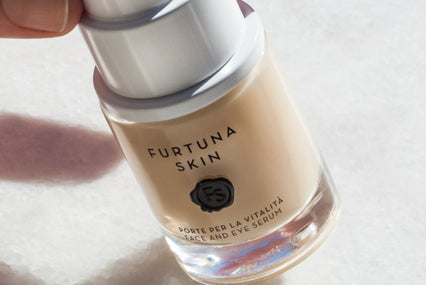
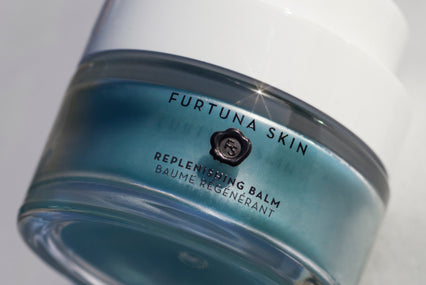
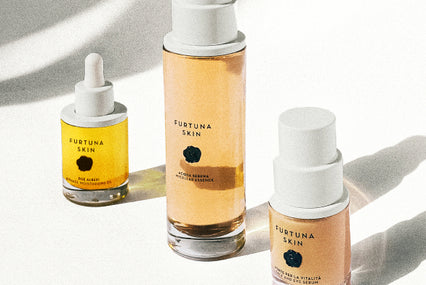
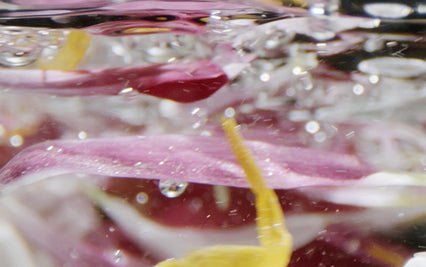





Comment